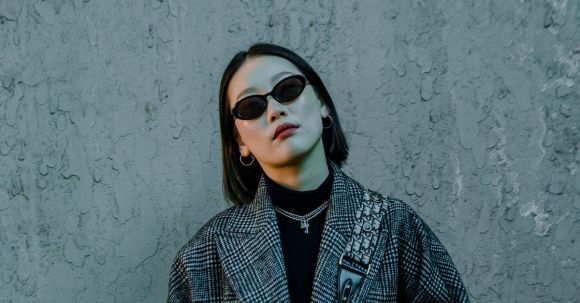Fashion is not just about wearing stylish clothes; it’s also about understanding how to put them together in a visually appealing way. One crucial aspect of fashion that often gets overlooked is color coordination. The right color combination can make or break an outfit, elevating your style to new heights. So, let’s dive into the art of color coordination and learn how to master it.
First and foremost, it’s essential to understand the color wheel. This tool is a visual representation of the primary, secondary, and tertiary colors, arranged in a circular format. By familiarizing yourself with the color wheel, you can easily identify complementary, analogous, and monochromatic color schemes.
Complementary colors are those that are opposite each other on the color wheel, such as red and green or blue and orange. When paired together, complementary colors create a striking contrast, making both shades pop. For example, a navy blue blouse paired with mustard yellow pants will create a visually stimulating outfit.
Analogous colors, on the other hand, are located adjacent to each other on the color wheel, such as yellow and green or blue and purple. These colors are harmonious and create a seamless blend when worn together. An outfit with a mint green top, paired with light blue jeans and a lavender jacket, will exude a calming and cohesive vibe.
Monochromatic color schemes involve using different shades and tints of a single color. This approach creates a sophisticated and elegant look. For instance, a light pink blouse paired with deep pink pants and a blush pink jacket will result in a chic and polished ensemble.
When experimenting with color coordination, it’s crucial to consider the undertones of each color. Undertones can be warm, cool, or neutral. Warm undertones have hints of yellow or red, while cool undertones have hints of blue or green. Neutral undertones are a blend of warm and cool tones. Understanding undertones will help you create harmonious color combinations.
Another essential aspect of color coordination is understanding the concept of balance. Balance in fashion refers to the distribution of visual elements, such as color, pattern, and texture, within an outfit. A well-balanced outfit will have a mix of contrasting and complementary colors, ensuring that no single color overwhelms the others.
To achieve balance, consider the intensity of each color. Intensity refers to the brightness or dullness of a color. Pairing bold, vibrant colors with softer, muted tones can create a visually pleasing contrast. For example, a bright red dress paired with a pale yellow cardigan will create a balanced and eye-catching look.
Texture also plays a vital role in color coordination. Mixing textures adds depth and interest to an outfit. For instance, pairing a silk blouse with a tweed skirt will create a visually appealing combination of smooth and rough textures. When choosing colors, consider how they interact with different fabrics to create a cohesive look.
Lastly, don’t be afraid to experiment and take risks with color coordination. Fashion is a form of self-expression, and color is a powerful tool. Embrace your creativity and step out of your comfort zone. Try combining unexpected color combinations, such as orange and purple or yellow and blue. You may be surprised by the stunning results.
In conclusion, mastering the art of color coordination in fashion is a skill that can elevate your style game to new heights. By understanding the color wheel, exploring different color schemes, considering undertones, achieving balance, and experimenting with textures, you can create visually stunning and harmonious outfits. So, go ahead and unleash your inner fashionista by embracing the power of color coordination.





